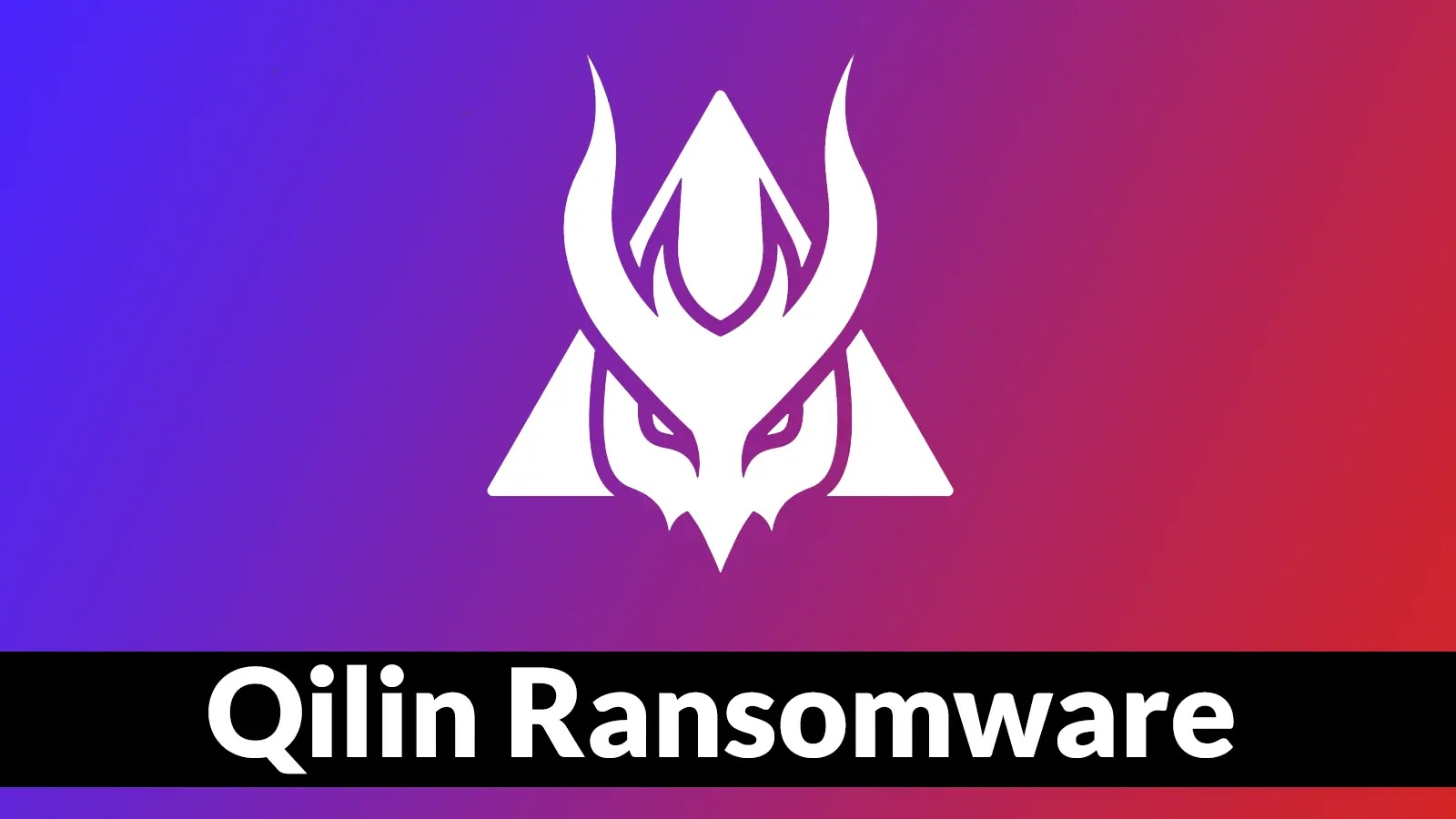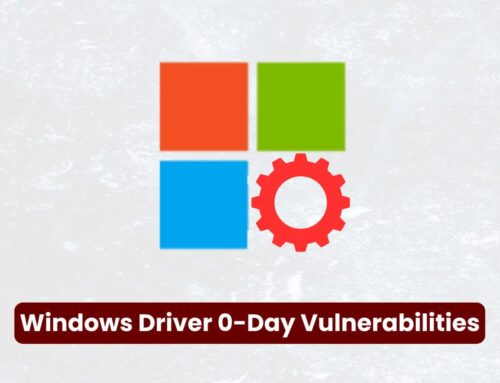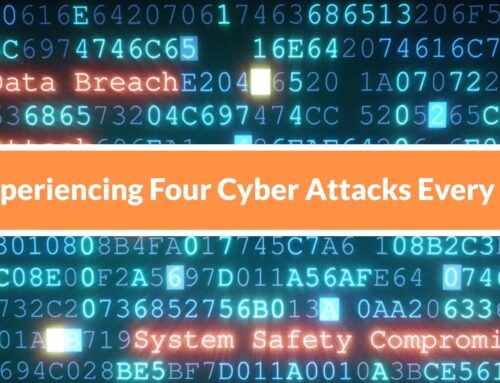
Qilin Ransomware Gain Traction Following Legal Assistance Option for Ransomware Affiliates
The Alarming Evolution of Ransomware: Qilin’s Legal Gambit
The cybersecurity landscape just took a chilling turn. Imagine a ransomware gang not only demanding payment but also offering legal counsel to its affiliates. This isn’t a dystopian fantasy; it’s the unsettling reality brought to light in June 2025 by the Qilin ransomware group. Their audacious announcement, shared on a prominent Russian-speaking darknet forum, signifies a sophisticated escalation in ransomware operations, moving beyond mere technical exploitation into the realm of legal defense for their criminal network. This unprecedented development demands immediate attention and a comprehensive understanding from all IT professionals, security analysts, and developers grappling with the rising tide of cyber threats.
Qilin Ransomware: A Deeper Dive Into Their Modus Operandi
The Qilin ransomware group is not new to the cybercrime scene, but their recent strategic pivot is. Traditionally, ransomware operations have focused on encryption, data exfiltration, and extortion. Qilin, an established player, has now added a layer of organizational sophistication previously unseen. Their decision to provide “on-demand legal assistance” to affiliates introduces a new dimension of resilience for their illicit activities. This assistance likely aims to protect affiliates from law enforcement actions, thereby reducing the personal risk associated with engaging in ransomware attacks and potentially attracting more participants to their schemes. It signals a shift from purely technical prowess to a more holistic, enterprise-like approach to cybercrime.
The Implications of Legal Assistance for Ransomware Affiliates
The offering of legal aid by Qilin is a game-changer with several disturbing implications:
- Increased Recruitment and Retention: By mitigating some of the legal risks, Qilin makes participation in their ransomware campaigns more attractive, potentially leading to a surge in new affiliates. This could also improve the retention of experienced cybercriminals.
- Enhanced Operational Security: With legal guidance, affiliates might become more adept at obfuscating their activities and evading detection, making it harder for law enforcement agencies to track and apprehend them.
- Challenging Law Enforcement Efforts: Legal representation, even from ill-gotten gains, can complicate investigations and prosecutions, potentially slowing down efforts to dismantle ransomware networks.
- Professionalization of Cybercrime: This move further professionalizes ransomware operations, treating it as a structured “business” with support functions, not just a technical endeavor.
Understanding the Threat Landscape: Beyond Technical Vulnerabilities
While specific CVEs aren’t directly associated with Qilin’s legal assistance offering, their operations undoubtedly exploit a range of common vulnerabilities. Ransomware groups like Qilin frequently leverage:
- Unpatched Software: Exploiting known vulnerabilities in operating systems, applications, and network devices. Examples might include older vulnerabilities in Remote Desktop Protocol (RDP) or server message block (SMB) protocols, though specific CVEs vary constantly.
- Phishing and Social Engineering: Using deceptive emails or messages to trick users into revealing credentials or installing malware.
- Weak Credential Management: Brute-forcing weak passwords or exploiting compromised credentials.
- Supply Chain Attacks: Compromising legitimate software or updates to distribute malware.
It’s crucial to remember that the effectiveness of these attacks is often amplified by human factors and a lack of robust cybersecurity hygiene within organizations.
Remediation Actions: Fortifying Your Defenses
Combating groups like Qilin requires a multi-layered defense strategy that addresses technical vulnerabilities and human elements:
- Patch Management: Implement a rigorous patch management program to ensure all systems, software, and applications are up-to-date with the latest security patches. Prioritize critical vulnerabilities, often found in the CVE database.
- Strong Access Controls: Implement multi-factor authentication (MFA) for all services, especially privileged accounts. Enforce least privilege principles.
- Employee Training and Awareness: Conduct regular cybersecurity awareness training to educate employees about phishing, social engineering tactics, and the importance of reporting suspicious activity.
- Endpoint Detection and Response (EDR)/Extended Detection and Response (XDR): Deploy advanced EDR/XDR solutions to monitor endpoints for malicious activity, detect anomalies, and provide rapid response capabilities.
- Network Segmentation: Segment networks to limit lateral movement of attackers in case of a breach, thereby containing the impact of a ransomware infection.
- Regular Backups: Implement comprehensive, immutable backup strategies. Ensure backups are stored offline or in a secure, isolated environment, and regularly test their restorability.
- Incident Response Plan: Develop and regularly test a detailed incident response plan specifically for ransomware attacks, outlining roles, responsibilities, communication protocols, and containment procedures.
Conclusion: The Evolving Face of Cybercrime Demands Evolving Defenses
The Qilin ransomware group’s foray into providing legal assistance for its affiliates marks a significant and concerning evolution in the cybercrime landscape. It underscores a trend towards a more organized, professional, and resilient criminal enterprise. As ransomware gangs adopt sophisticated strategies that extend beyond mere technical exploits, organizations must similarly adapt their defenses. A proactive, comprehensive cybersecurity posture, combining robust technical controls with vigilant human awareness and a well-rehearsed incident response plan, is no longer optional—it is absolutely essential to mitigate the ever-growing threat posed by these increasingly audacious adversaries.





